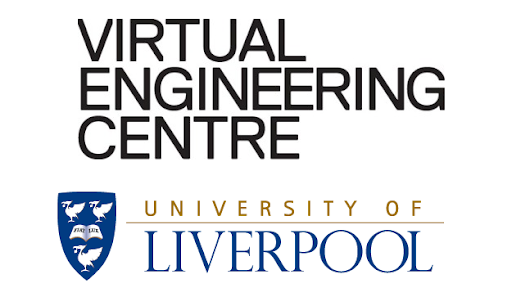Sellafield is a major energy company in the United Kingdom. They have recently collaborated with the University of Liverpool’s Virtual Engineering Centre (VEC) to develop a mixed-reality simulator which imitates the working environment of a nuclear power plant waste removal crane. Sellafield was considering the possible application of virtual reality to train operators for its newly commissioned nuclear waste removal crane. This crane is designed to pick up and remove nuclear waste from the Sellafield’s seventy-year-old Pile Fuel Cladding Silo. In order to explore this possibility, Sellafield approached the VEC experts for their help.
Sarah Martin-Tyrel is the senior marketing manager for VEC. She said that Sellafield was working on two major projects when they contacted VEC. One project was the development and installation of their new cutting edge silo crane for decommissioning nuclear waste. The other project was to explore VR training for their complex and sophisticated hardware such as the new crane.
Martin-Tyrel recalls that “They came to the Engineering Centre, where we had a session and discussed the two different projects when we realized that we could leverage that and then came up with the VR technology within the crane system.”
VEC experts met with the Sellafield team at the VEC innovation center at Sci Tech Daresbury. Together, the two teams utilized an existing 3D model of the Silo and the Crane to create a simulator. The first simulator used a replica of the crane operator’s chair, joystick and spatial working environment.
Martin-Tyrel said, “We had this virtual world exactly how it would be in the real world and we took the integration of the control system and applied the exact same facial movements and awareness to the same control stick and the same movement of the chair. So that allowed for the operators to control the virtual environment from a real-world space and that’s why we call the technology mixed reality.”
The Crane training simulator provides a very realistic environment for the Sellafield Crane operators. It allows them to operate the nuclear waste retrieval Crane in a safe environment before they participate in the full-scale training program. Martin-Tyrel said, “Because we can train people in this kind of virtual mixed reality environment, we don’t have to take anybody out of the actual job to do that, which means – productivity benefits and making Sellafield safer.” This new technology is believed to build the confidence of operators more quickly and to reduce the delivery schedule for the whole project.
Following the initial success of the first version of the simulator, the Sellafield Silo waste retrieval team decided that the simulator should be the primary tool for training operators. Making this choice has allowed Sellafield to re-purpose the training system that was originally intended to for the Crane to use for a second retrieval system. Twenty-six million dollars were saved as a result of this decision.
There have been major challenges in the simulator project. Martin-Tyrel said, “Sometimes the design engineers would go inside the virtual system before commissioning, have a walk around and say: ‘Well, this is too close to that, the CCTV camera can go there, we need a bigger room or we need to move this 30 centimeters back .” She also said that during one recent trial, they were able to move far more waste in a day than was expected. They attributed this to the new training simulator.
Martin-Tyrel said that this new mixed reality technology makes hazardous safer and more time-efficient. She concluded “I think this type of mixed reality, real life training can be applied to different fields to ensure similar cost-reductions and productivity rise.”
